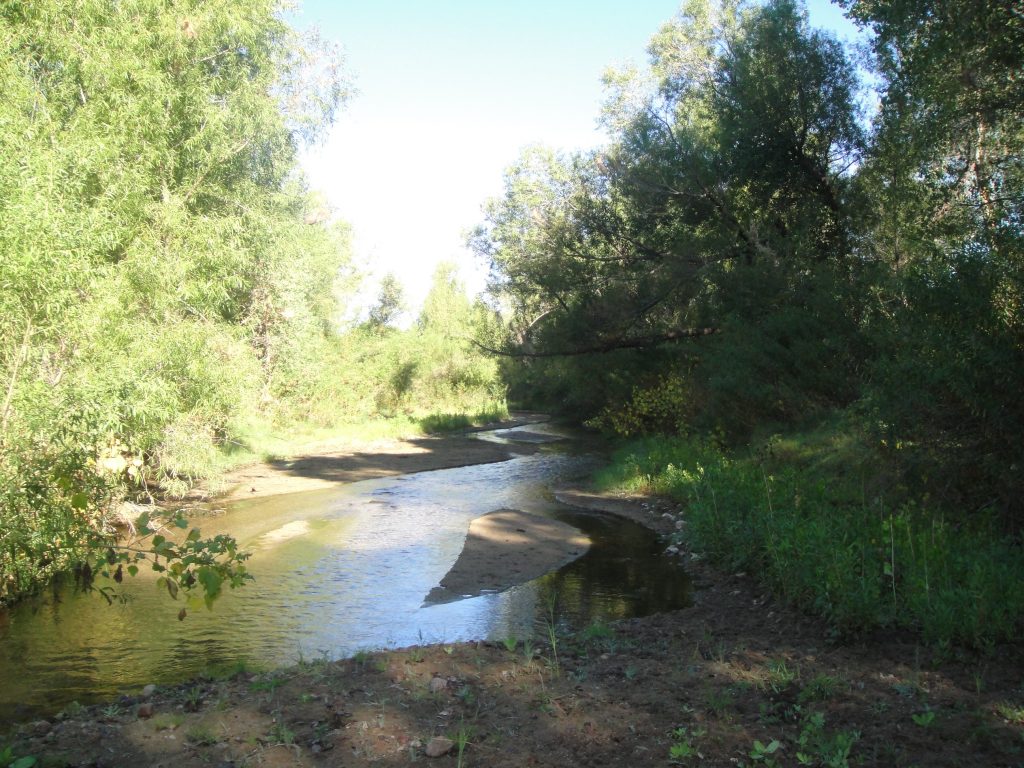Squeals of delight can always be heard from eager students attending any of the numerous riparian field trips Arizona Project WET holds every year. Whether empowered with simple collection devices they’ve created themselves or armed with sophisticated water sampling technology, these intrepid students poke, prod, and ponder the unique mysteries only wetlands hold. In the process, they become keenly aware of the importance of these often overlooked and underappreciated natural areas.
Wetlands serve several important functions. They help improve surface water quality by preventing erosion, stabilizing streambanks, breaking down some types of pollutants and reducing flood damage. They also cool the air by evapotranspiration and help moderate the climate by absorbing atmospheric carbon and converting it into plant tissue. They recharge groundwater and are nature’s buffer zone between groundwater and surface water. In essence, they are crucial in helping maintain a balanced ecosystem.
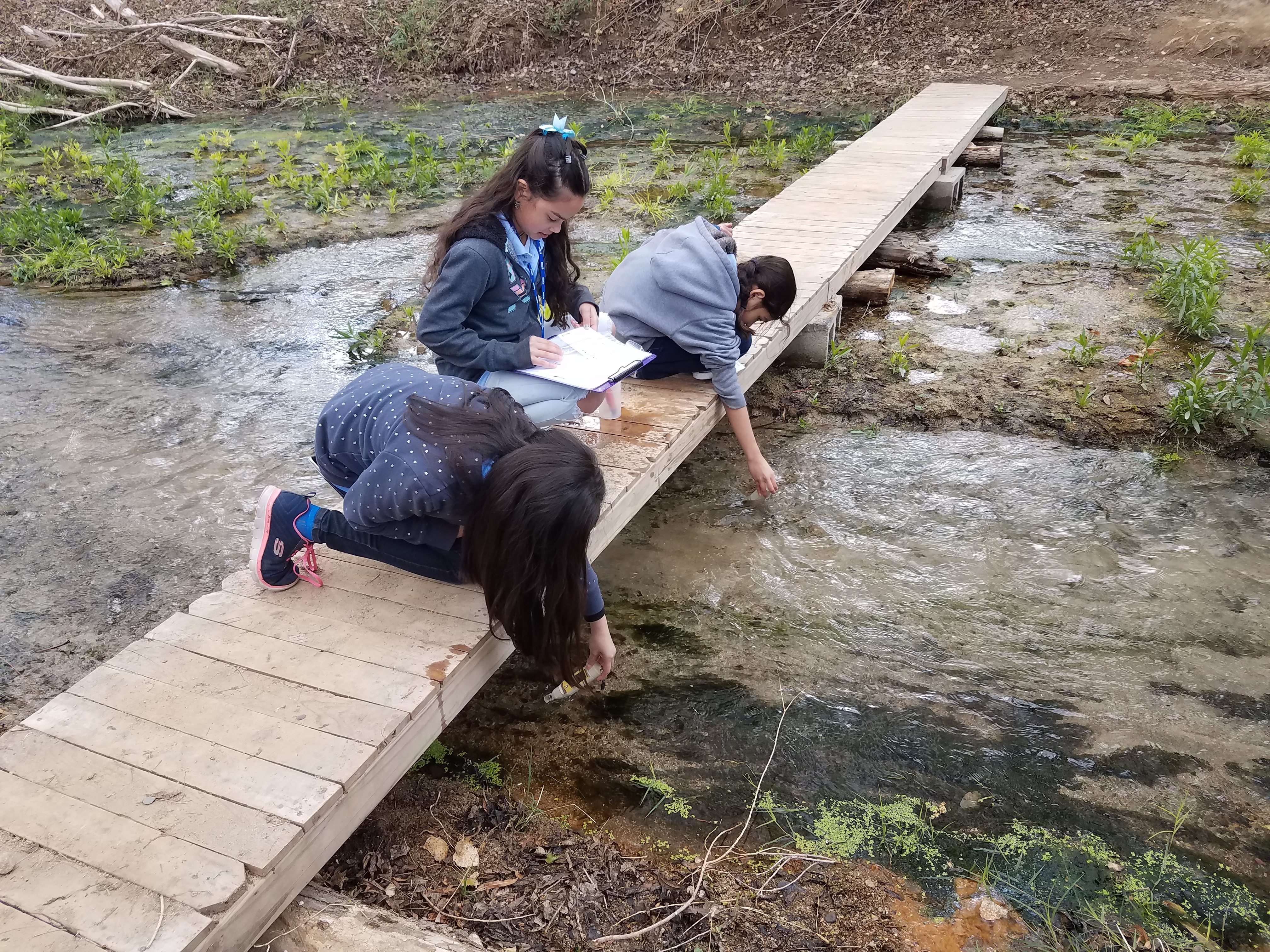
Unfortunately, wetland loss has been on the rise at an alarming rate. The Arizona Riparian Council estimates that less than 10 percent of Arizona’s original riparian areas remain in their natural form.1 Even more daunting, proposed revisions to the Waters of the US Rule (WOTUS), released by the EPA on December 18, 2018, are expected to significantly increase wetland habitat destruction.
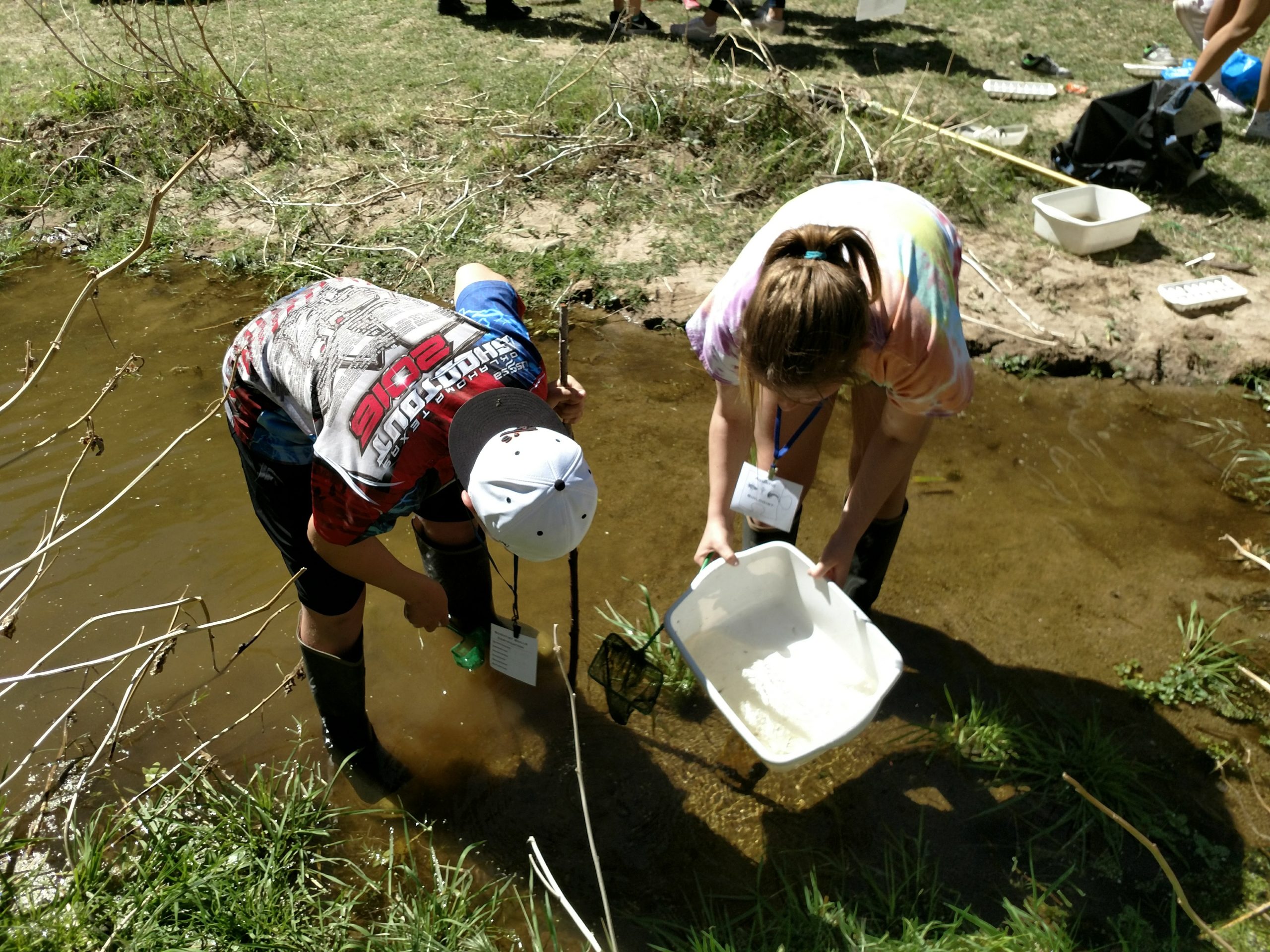
According to estimates from the EPA and Army Corps of Engineers, obtained by E&E News, the narrowed definition of WOTUS excludes up to 51 percent of wetlands and 18 percent of streams across the country from protection.2,3 Ellen Knickmeyer, of the Associated Press, pointed out the proposed rules are “making it easier to fill in bogs, creeks and streams for plowing, drilling, mining or building,” making developers, oil and gas drillers, miners, and other industries the “big winners” in the pending regulatory rollback.4
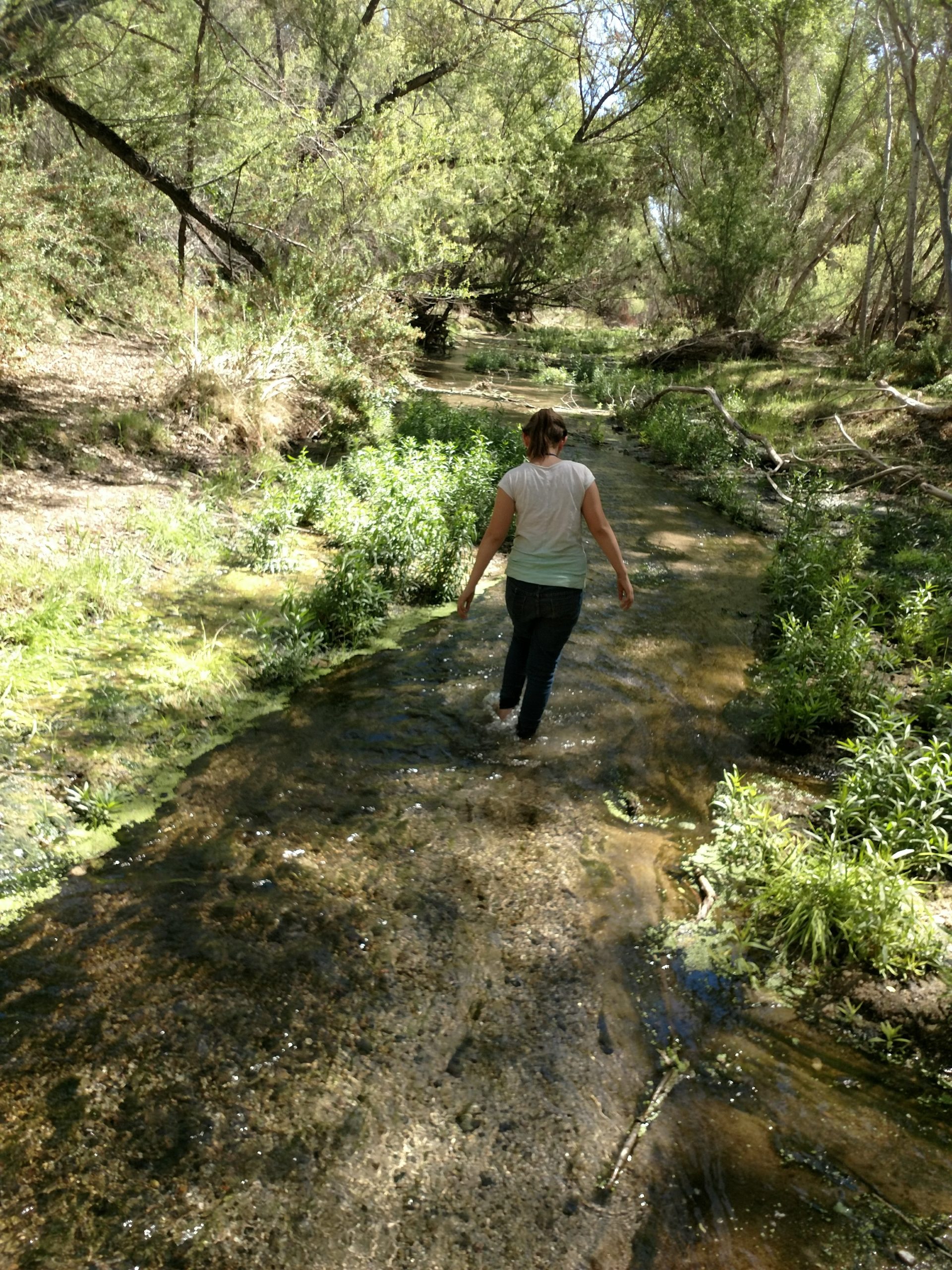
In the arid west, there is even greater reason to be concerned. Jessica Kao, former chief of staff at the U.S. Environmental Protection Agency’s Region 9 (which oversees California, Hawaii, Arizona, and Nevada), explained “Seasonal wetlands and streams — those that become wet in response to rain, snowmelt or increased subsurface flow – are the unsung heroes of a healthy watershed. They loom particularly large in the arid and semi-arid Southwest (California, Arizona, Nevada, New Mexico, Utah, and Colorado), constituting more than 80 percent of all waters.”5
Even more significant, only 2 percent of the total land area in the arid southwest comprises riparian areas. In Arizona, that number is even lower with only 0.4 percent of the total land area designated as wetlands — less than a quarter of the area found in surrounding arid states.6 Couple that with the fact that up to 70 percent of the threatened and endangered vertebrates in Arizona depend on riparian areas and up to 80 percent of all vertebrates in Arizona spend some part of their life cycle in a wetland, and it’s easy to see there’s a disproportionate threat to these vital areas.7
It’s also very likely that the percentage of total land area designated as riparian areas is much lower than the above numbers suggest. Some of these figures were obtained from a USDA publication published in 1977 and are likely to be greatly underestimated. Especially when you consider that the population of Arizona has grown 263 percent from 1980 to 2018, going from 2.72 million people to over 7.17 million.8
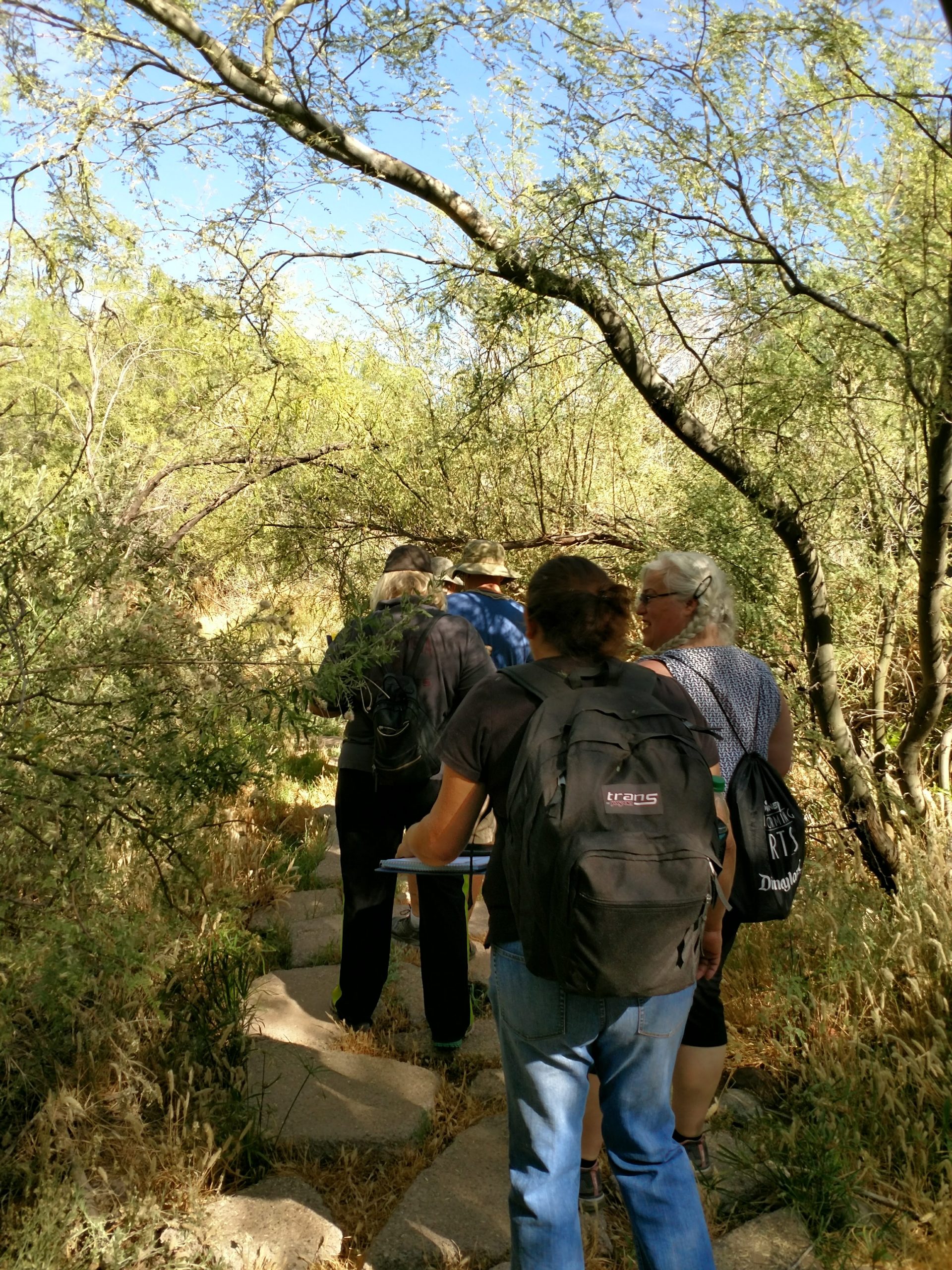
Just the mere fact that no government agency or other organization has studied or revised the wetland acreage for the state in decades suggests a strong correlation in people’s lack of understanding and disregard for these priceless natural areas.
What actions can you think of to help protect riparian areas in our state?
Share your ideas on Twitter at #wetlands and #saveourwetlands.
Looking for more adventures? Check out the rest of our Celebrate AZ Water articles.
Water – Use It Wisely is proud to feature guest bloggers who write about topics related to water and water conservation. The author of this blog post, Sandra Hurlbut, is a self-described “water nerd” and the Education Coordinator for the Aqua STEM program with Arizona Project WET, whose mission is to promote responsible water stewardship through excellent and effective water education.
This blog originally appeared on February 19, 2019, on the Arizona Project WET website and is being reprinted with permission.
REFERENCES
1. Arizona Riparian Council. Homepage. 2019 Accessed February 17, 2019. https://azriparian.org/
2. Breakdown of Flow Regimes in NHD Streams Nationwide https://www.eenews.net/assets/2018/12/11/document_gw_05.pdf
3. Kasakove, Sophie. A Newly Proposed EPA Deregulation Would Quash Any Hope Of Protecting What’s Left Of America’s Wetlands, January 11, 2019. Online Article. Accessed January 19, 2019. https://psmag.com/economics/a-newly-proposed-epa-deregulation-would-quas…
4. Knickmeyer, Ellen. Big winners in Trump rollback of wetlands rules? Developers. Associated Press, January 14, 2019. Online Article. Accessed January 20, 2019. https://finance.yahoo.com/news/developers-not-farmers-biggest-hit-055303…
5. Weiser, Matt. On Wetland Regulation, We May Define Away Nature at Our Own Peril. Water Deeply. September 28, 2018. Online Article. Accessed October 4, 2018. https://www.newsdeeply.com/water/community/2018/09/28/on-wetland-regulat…
6. Zaimes G.N. (editor). Understanding Arizona’s Riparian Areas. University of Arizona Cooperative Extension, Publication # az1432 September 26, 2006. Online Article. Accessed February 17, 2019. https://cals.arizona.edu/extension/riparian/chapt1/p2.html
7. Hubbard, J.P. 1977. Importance of riparian ecosystems: biotic considerations. In: Johnson, R.R. and D.A. Jones (eds.), Importance, preservation and management of riparian habitat: a symposium. USDA Forest Service General Technical Report RM- 43. Ft. Collins, CO. pp. 14-18. As referenced in Zaimes George. Defining Arizona’s Riparian Areas and Their Importance to the Landscape. Online Article. Accessed February 17, 2019. https://cals.arizona.edu/extension/riparian/pub/UARA_07-17-07_chapter1.pdf
8. Resident population in Arizona from 1960 to 2018. Statistica Website. Accessed February 17, 2019. https://www.statista.com/statistics/206086/resident-population-in-arizona/


